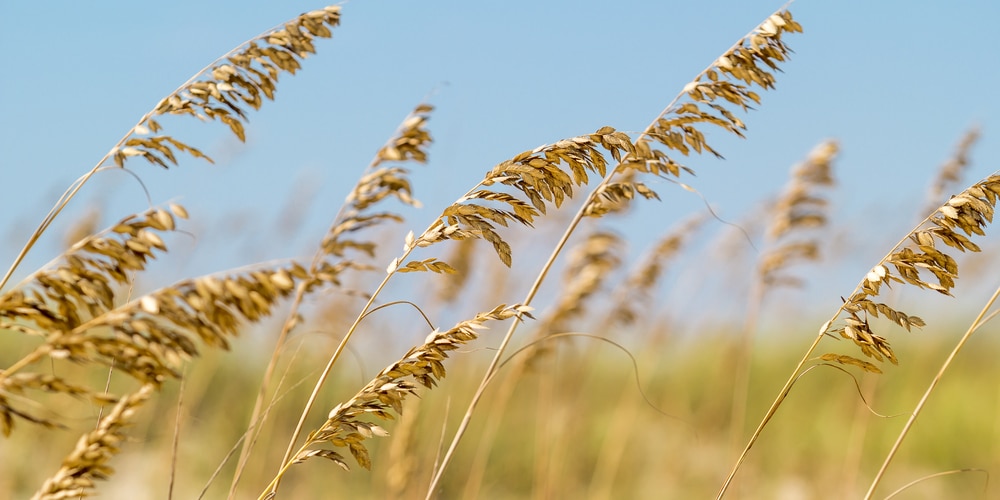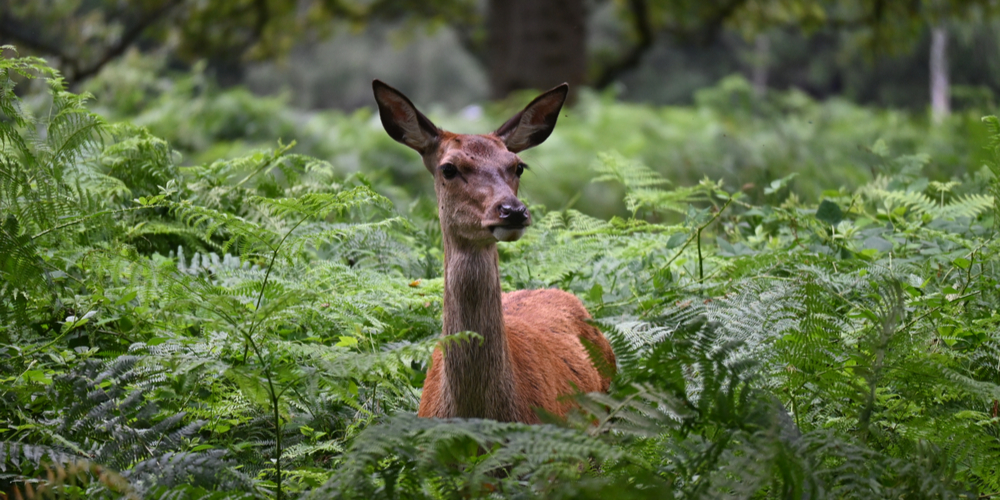Oats are a popular crop for deer and other wildlife, as they provide excellent nutrition and are especially important for a nutritional boost during the winter. Buck forage oats are especially attractive to deer, providing them with valuable nutrients when they need them most – during the coldest part of the year. Knowing how and when to plant buck forage oats can help ensure a successful crop and keep deer returning for more.
When to plant buck forage oats?

The best time to plant buck forage oats is in the late summer or early fall; usually August or early September is a good time for planting. This will give the seeds plenty of time to germinate and get established before winter sets in.
Summer planting will allow your crop to be ready by the fall, when you can start attracting deer to your land for the hunting season. The oats are also relatively hardy and tolerant of frost and will survive during a harsh winter, providing food for deer when there is little else for them to eat.
The benefits of buck forage oats
- Will feed deer throughout the fall and winter
- Will make your soil more fertile
- The crop is known to block out weeds
- Prevents soil erosion
- Can help control pests and disease
- A great overall cover crop
Planting tips
When planting buck forage oats, it is crucial to prepare the soil ahead of time. Till or rototill the earth to a depth of 3 to 4 inches and amend with a quality fertilizer or compost. Additionally, make sure you have adequate drainage to prevent standing water from damaging your crop.
When broadcasting your seeds, it is vital to not over-plant. Aim for about 10 to 15 pounds per acre, with a light layer of soil or compost as cover. You can also inoculate the seeds with a quality rhizobium culture to ensure proper nitrogen fixation and increased nutrient availability for maximum yields.
How to care for your crop
Finally, make sure to keep the area well-maintained during the growing season. If weeds start to emerge, pull them out by hand or apply an herbicide as needed.
Once your oats have emerged, you will want to apply a light fertilizer to encourage growth and increase nutrient availability for the deer. Avoid over-fertilizing, as this can cause leaching of nutrients into the soil, damaging the crop. Ensure to keep other animals away from the crop as much as possible, as this can inhibit proper growth and reduce yields.
You can also mow the area periodically to keep it tidy and encourage healthy growth of your buck forage oats crop. With a little bit of extra care, you can ensure a successful buck forage oats harvest that will keep deer coming back for more.
Finally, once the plants reach maturity in late fall or early winter, cut them down to a few inches above ground level to provide an optimal nutrition source for deer and other wildlife.
Conclusion
With these simple tips and tricks, you can ensure that your buck forage oats crop will be a success and provide vital nutrition to deer when they need it most.
